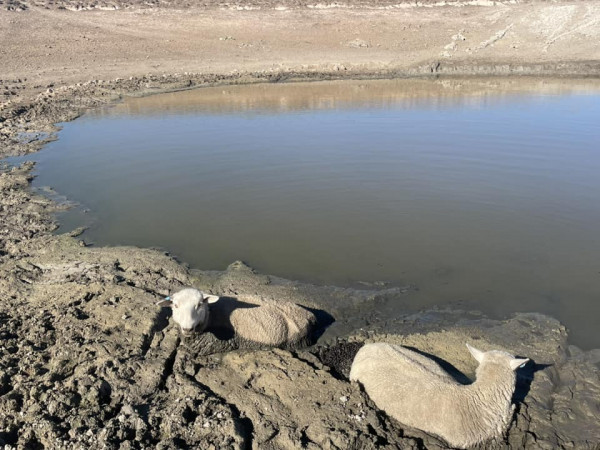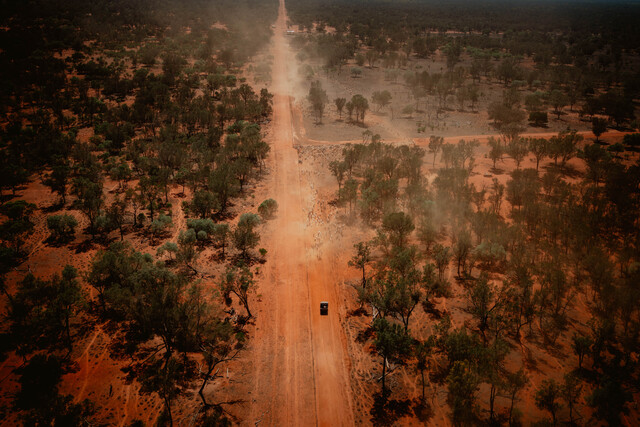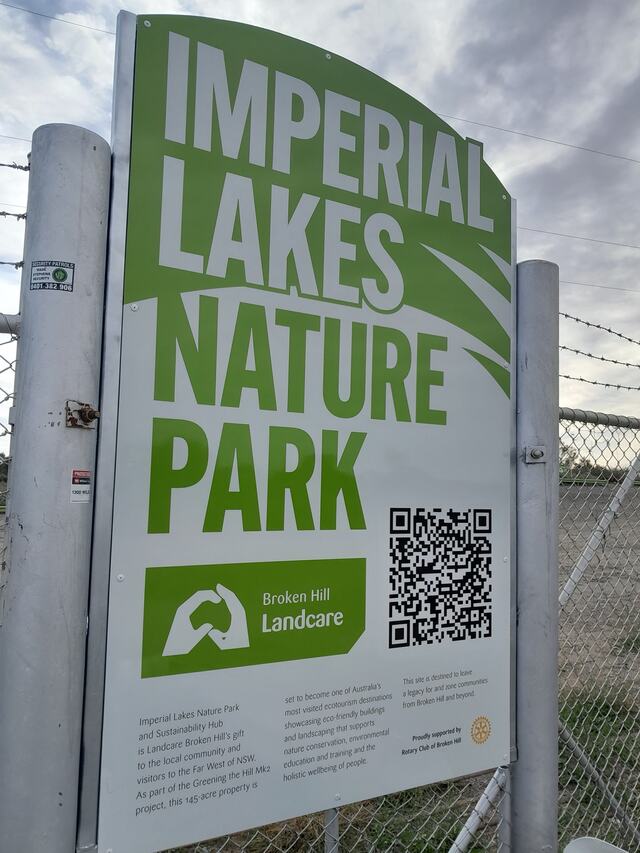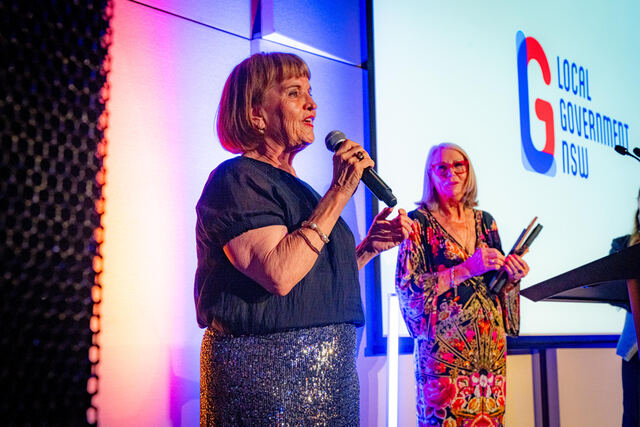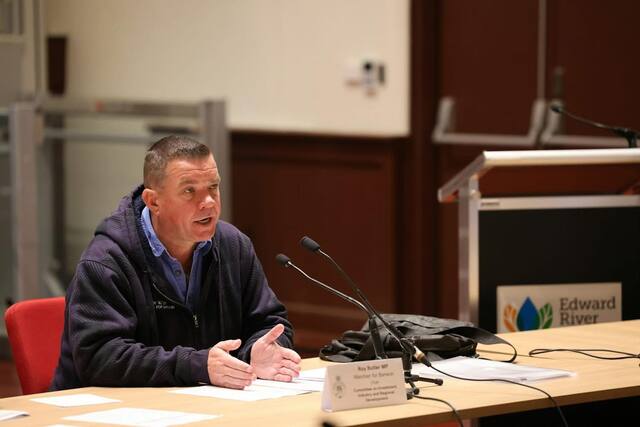REPRESENTATIVES from the Pastoralist’s Association of West Darling (PAWD) have warned that the Far West New South Wales region is at risk of seeing another kangaroo mass starvation event if actions aren’t taken to reduce kangaroo numbers in the face of a potential impending drought.
During the drought between 2017 and 2020, which saw effectively no widespread rainfall for four years across the region, landholders reported high numbers of kangaroo deaths, both from starvation as well as animals becoming bogged in dams.
In a letter to NSW Minister for the Environment, Penny Sharpe, councillor at PAWD Lachlan Gall, called on the Government to urgently adopt recommendations put forward by the organisation after the last drought.
“The Pastoralists Association of West Darling has always advocated for commercial harvesting as the preferred method of limiting kangaroo numbers to sustainable levels,” Mr Gall wrote.
“But ongoing failure by decision makers to adopt PAWD’s recommendations that would boost the number of kangaroos taken commercially has limited industry’s effectiveness at reducing excessive numbers.”
Mr Gall warned of an “ecological disaster” if the government didn’t act quickly.
He suggested a rebate scheme for kangaroo harvesting be introduced in the state, similar to schemes already operating in Victoria and South Australia, be implemented.
“PAWD notes that the South Australian and Victorian Governments have both recently announced rebate schemes to defray the costs associated with reducing kangaroo numbers in drought affected areas,” Mr Gall said.
“In South Australia, professional harvesters will receive $5 for every commercially harvested kangaroo and $7 for every kangaroo that is culled non-commercially in a move to prevent the suffering of starving kangaroos… I request that you seriously consider the adoption of a similar scheme in NSW.”
Mr Gall said that due to low numbers of professional harvesters in the region, these rebates should also apply to include land managers who undertake culling in accordance with the national code of practice for the humane shooting of kangaroos and wallabies for non-commercial practices.
He warned that the effects of drought are already being felt, and so the government should act quickly.
“An ongoing absence of widespread effective rainfall has seen drought conditions return to large parts of far west NSW this year,” he said.
“Pastoralists lucky enough to receive an isolated shower of rain are reporting that huge numbers of kangaroos are decimating pastures and damaging fences.”
Mr Gall said on his own property, he’s already paid witness to these events unfolding.
“I’ve seen all of the above this year,” he wrote. “Kangaroos swarmed to an area that received some rain.
“They ripped holes in new netting fencing and dug holes under it to get to the fresh green pick, eaten it all, stayed on and are no starving. Kangaroo damage to my fencing has rendered it ineffective at stopping feral goats, feral pigs and the neighbours sheep.”
Along with kangaroo culling, PAWD representatives suggested fencing dams could help to prevent negative agricultural, environmental, social and animal welfare impacts.
A spokesperson from the group said that one of the biggest problems during drought is uncontrolled access to surface waters by animals; whether that be domestic, native or feral.
“Right across Australia, artificial water points are typically earth dams that become boggy as they dry up,” the spokesperson said.
“Bogging in dams is a major cause of animal mortality during drought, but this outcome can be eliminated by fencing dams with robust materials to prevent access by all animals.”
The spokesperson recommended sheets of strong weld mesh as a potential material to build these fences.
“Eliminating uncontrolled access to water can help the management of biosecurity risks, “they said.
“Limiting access to water will assist in the management of grazing pressure from all animals and facilitate landscape recovery.”
Parts of the Far West region is already in the “drought affected” category of the NSW Combined Drought Indicator, a tool developed by the Department of Primary Industries NSW to monitor drought conditions across the state.
Landholders and land managers in the northern Far-West, near towns such as Milparinka and Tibooburra, have already begun reporting having to move stock up to Innamincka in north-east South Australia for feed due to drought conditions.

